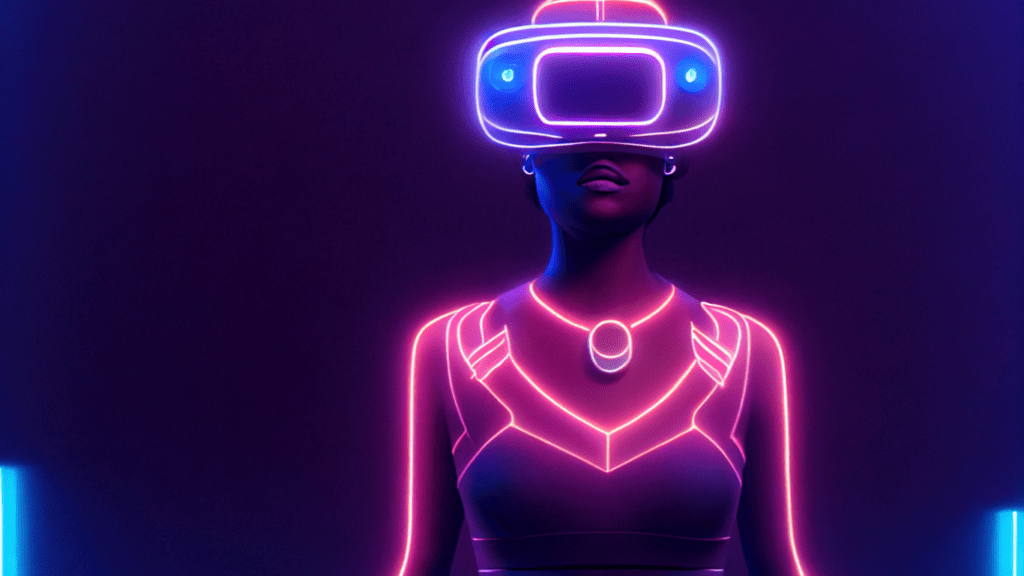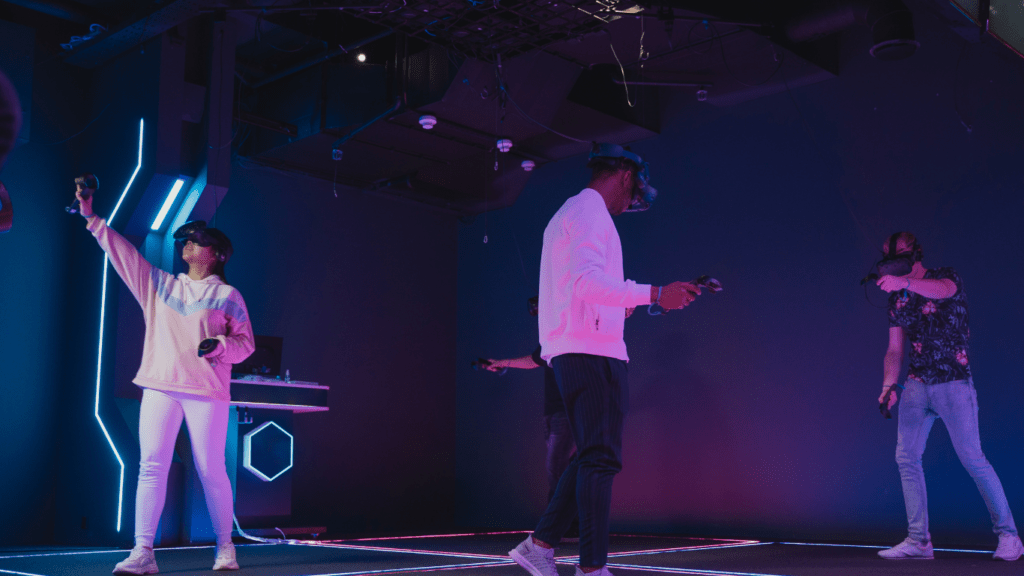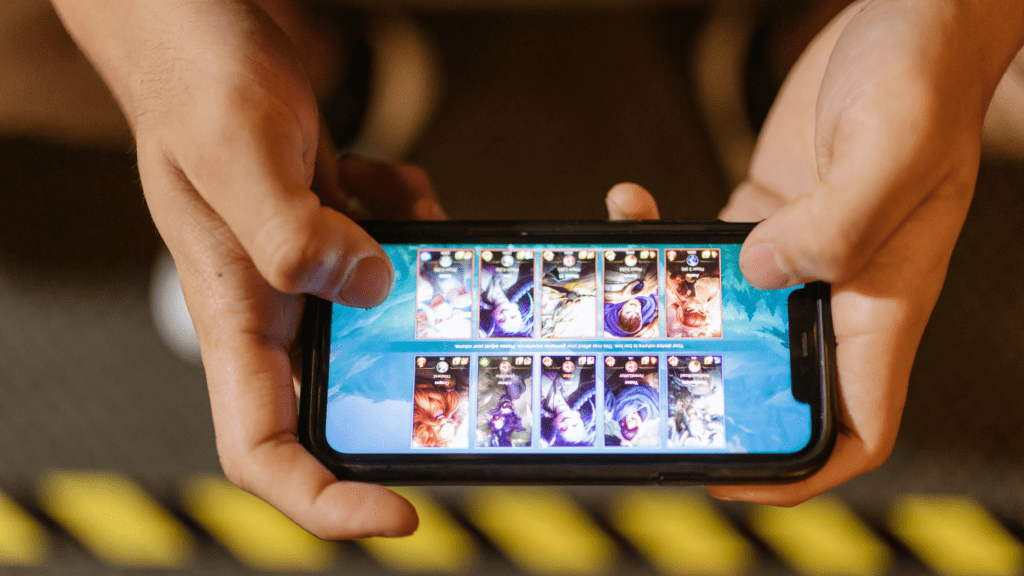Immersive technologies like Virtual Reality (VR) are revolutionizing the way we learn and train in various fields. As an avid enthusiast of cutting-edge educational tools, I’ve delved into the realm of VR to explore its real-world applications in education and training. From simulating complex surgical procedures to recreating historical events, VR offers a dynamic and interactive learning experience that traditional methods can’t match.
In my exploration, I’ve discovered how VR bridges the gap between theory and practice, allowing learners to engage in hands-on experiences in a virtual environment. This innovative approach not only enhances retention and understanding but also cultivates critical thinking and problem-solving skills. Join me on a journey through the transformative impact of VR in education and training, where the boundaries of traditional learning are pushed, and new possibilities emerge.
The Impact of VR on Modern Education
Virtual Reality (VR) is revolutionizing classroom learning by creating immersive environments that engage students in dynamic and interactive experiences. In this setting, I’ve observed students actively participating in simulations that bring concepts to life, making learning more engaging and memorable.
Revolutionizing Classroom Learning
In my experience, VR in education has transformed traditional teaching methods by providing students with practical, hands-on learning opportunities. Through VR simulations, I’ve witnessed how students can explore virtual worlds, manipulate objects, and conduct experiments in a safe and controlled environment. This hands-on approach not only enhances their understanding of complex topics but also fosters innovation and creativity in problem-solving.
Enhancing Distance Education
In my analysis, VR has also played a crucial role in enhancing distance education by overcoming physical barriers and creating a sense of presence for remote learners. By using VR technology, I’ve seen how students can collaborate in virtual classrooms, attend lectures, and engage with course materials as if they were physically present. This level of immersion not only improves student engagement but also provides a more inclusive learning experience for individuals unable to attend traditional classes.
VR in Professional and Vocational Training
Virtual Reality (VR) is an indispensable tool in professional and vocational training, offering immersive learning experiences that simulate real-world scenarios and enhance skill development. Let’s explore how VR is utilized in various fields for training purposes:
- Medical Training Through VR Simulations
In medical education, VR simulations play a crucial role in training future healthcare professionals. By providing realistic scenarios where students can practice surgical procedures, diagnose illnesses, and interact with virtual patients, VR enhances practical skills in a safe and controlled environment. Medical students can hone their decision-making abilities, improve hand-eye coordination, and enhance their overall proficiency through repetitive practice in virtual settings. - VR for Engineering and Technical Skills
For engineering and technical training, VR offers a hands-on approach to learning complex concepts and operating machinery. Engineers can engage in virtual prototypes, analyze designs, and troubleshoot issues in a risk-free environment. By immersing themselves in virtual simulations, engineering students can grasp intricate technical details, improve problem-solving skills, and gain practical experience before working in real-world scenarios. VR transforms theoretical learning into practical application, making it an invaluable tool for developing proficiency in engineering and technical fields.
Real-World Case Studies

In this section, I’ll delve into real-world case studies that exemplify the practical applications of Virtual Reality (VR) in both educational institutions and corporate training programs.
Schools Implementing VR
I’ll showcase how various schools have successfully integrated VR technology into their curriculum to enhance the learning experience for students. From elementary schools to universities, VR has been utilized to create engaging and interactive lessons across different subjects. For instance, elementary students can take virtual field trips to historical landmarks worldwide, while high school students can explore complex scientific concepts through immersive VR simulations. By incorporating VR, schools are creating dynamic learning environments that cater to diverse learning styles and foster curiosity and critical thinking skills among students.
Corporations Training with VR
I’ll explore how corporations are leveraging VR technology to train their employees more effectively and efficiently. From customer service scenarios to hands-on technical training, companies across various industries are using VR to provide realistic simulations that mirror real-world experiences. For instance, employees in the medical field can practice surgical procedures in a risk-free environment, while sales teams can engage in virtual role-playing exercises to enhance their communication and negotiation skills. By utilizing VR for training purposes, organizations are improving employee performance, boosting confidence, and reducing training costs in the long run.
Challenges and Considerations
When considering the implementation of Virtual Reality (VR) in education and training, there are some challenges and key considerations that need to be taken into account to ensure successful integration.
Technological Limitations
Incorporating VR technology in educational settings may face challenges related to the hardware and software requirements. Ensuring that schools or training facilities have the necessary equipment, such as VR headsets and compatible devices, can be a significant financial investment. Additionally, maintaining and updating the technology to keep pace with advancements in VR software can be a continuous challenge in educational institutions with limited budgets.
Balancing Costs and Benefits
One of the primary considerations when adopting VR for education and training is the cost-effectiveness of implementing such technology. While the benefits of immersive learning experiences are evident, balancing the initial expenses of acquiring VR equipment with the long-term advantages it offers in enhancing student engagement and knowledge retention is crucial. Educators and training specialists need to evaluate the return on investment (ROI) of integrating VR into their programs to ensure that it aligns with their educational objectives while justifying the associated costs.




